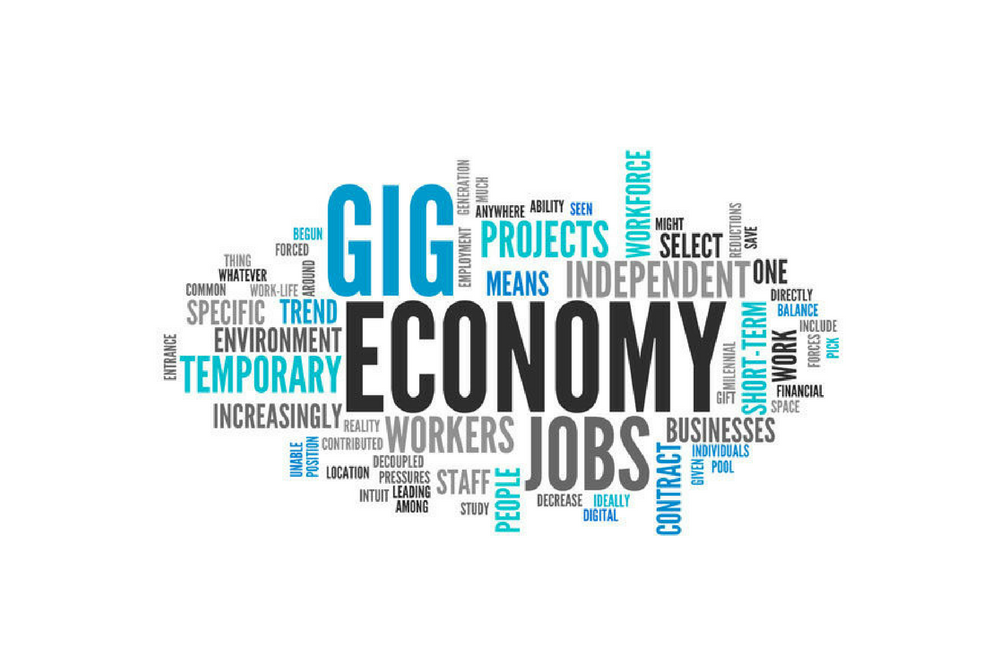Payroll
Nearly 2 in 5 Have a Side Hustle; 44% Think They Will Always Need One
Side hustlers earn $810 per month, on average, with 27% earning more than $500 per month and 15% earning more than $1,000.
May. 25, 2023

Nearly 2 in 5 U.S. adults (39%) have a side hustle, and 44% of those with a side hustle believe they will always need one to maintain their lifestyle, according to a Bankrate.com report. This includes 28% of side hustlers who believe they will always need to have an additional source of income to make ends meet and 26% who believe they will always need a side hustle for discretionary expenses.
Younger generations, including 53% of Gen Z (ages 18-26) and 50% of millennials (ages 27-42), are more likely than their older counterparts to have a side hustle (40% of Gen X, ages 43-58, and 24% of boomers, ages 59-77). Men (43% vs. 35% of women) and parents with children under age 18 (53% vs. 37% who don’t have kids) are also among the groups most likely to work on the side.
Side hustlers earn $810 per month, on average, with 27% earning more than $500 per month and 15% earning more than $1,000. Male and millennials side hustlers tend to earn the most.
Male side hustlers earn more than women, on average ($989 vs. $603), and 32% of male side hustlers earn more than $500 per month, compared to 21% of females. Additionally, 19% of male side hustlers earn more than $1,000 vs. 10% of women.
Millennial side hustlers earn an average of $1,022 per month, compared to $753 for Gen Z, $670 for Gen X and $646 for boomers.
One-third of side hustlers primarily use the extra income to pay for regular living expenses, while 27% use the money for discretionary spending, 25% for savings, 12% for debt payoff, and 3% for something else.
More than 2 in 5 (42%) side hustlers with an annual household income under $50,000 use most of the money to pay for everyday expenses, compared to 22% with a household income of $100,000+. Those in the highest income bracket are more likely to use most of the extra money for discretionary spending than those in the lowest income bracket (38% vs. 19%).
Additionally, women are more likely to use the money for living expenses (37% vs. 29% for men), while men are more likely to use the money for savings (29% vs. 21% for women).
“Side hustles have become more common, but like so many things in this inflationary environment, people are working harder but not necessarily getting ahead,” said Bankrate.com senior industry analyst Ted Rossman. “Side hustlers are much more likely to view this extra income as essential, rather than a passion project or a way to get ahead financially.”
A whopping 44% of side hustlers think they will always need the additional income to make ends meet (28%) or to have discretionary spending money (26%). Additionally, 1 in 5 side hustlers don’t want to work on the side, but they believe they must.
Those in the lowest income bracket (under $50,000 annually) are more than twice as likely as those in the highest income bracket ($100,000+) to say they will always need the extra money to make ends meet (37% vs. 16%) and to not want to work a side hustle, but believe it is necessary (24% vs. 11%).
Inflation is also having an impact; 23% of side hustlers are spending more time on their side hustle because of inflation, while 10% are spending less time.
Nearly 1 in 5 (19%) would like their side hustle to develop into their main source of income. Millennial side hustlers (25%) are nearly twice as likely as Gen X and boomers (13% for each) to be working towards this, with Gen Z side hustlers not far behind (22%).
“A side hustle can be a great way to pursue an activity or potential career path that you’re interested in,” added Rossman. “Unfortunately, our research shows that people are much more likely to be pursuing a secondary source of income just to keep their head above water. I think this says a lot about inflation and the K-shaped economy.”
